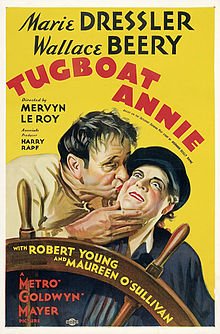It's been over 57 years since I saw this subject come up. I'll add these observations... but remember, these observations are based on technology and norms of the late 50's early 60's.
I belonged to a street rod club and we built some serious cubes back then. No electronics, just hardcore do-this-try-that. I remember Popular Mechanics and hot rod mags at the time fooled around with this stuff - mist injection, but all that was just hype. Heck, one guy even sent away for a gadget that attached itself to the exhaust manifold, heated the water to a steam, then a carb base plate had this twirling blade setup that fed into the carb baseplate. After all the wrench work, we took his Studebaker Golden Hawk on a Dyno and the constant adjustments to get the horsepower off of factory settings was a nightmare. In the end analysis - we marked it all up to hype.
Here's what we found out:
-metering is a touchy thing to set and keep.
-stop and go, idle, park, and transmission type/proper vacuum servicing auto transmission was a bear to manage.
-forget seasonal influences and the on again/off again on that environment.
-engine setup from the manufacture has certain calibrations that definitely have warranty matters to address.
-contamination to lubricants servicing values, cams, distributor gear, timing chains, and other moving parts. Head gaskets, pan gaskets, any gaskets for that matter that is compromised due to wear and tear, age, lack of attention, will guarantee contamination.
Ok,,, remember, I'm chiming in here with my experiences with building gassers and strip crates. Also, with outdated technology.

